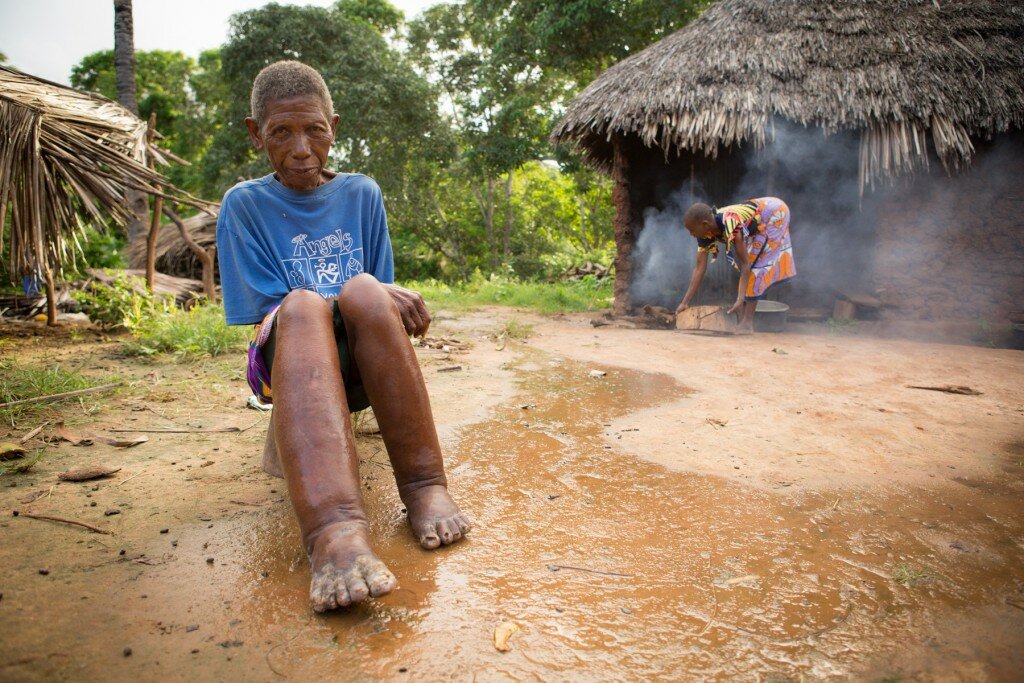An unknown among unknown diseases, podoconiosis (podo for short) is a devastating type of elephantiasis spread by long-term exposure to minerals found in volcanic soil. Unlike lymphatic filariasis, podo is not infectious. Podo has been reported in more than 15 countries across Africa, Southeast Asia and Latin America, and affects more than 4 million people in highland tropical Africa.
A three-minute animated video, “,” depicts the source, treatment and prevention of podo. The video was created by Footwork: The International Podoconiosis Initiative, in partnership with Ripple Effect Images, a group of National Geographic contributing photojournalists, to raise awareness of this neglected disease.
As the video movingly illustrates, subsistence farmers in remote rural areas contract this devastating disease while working barefoot. Podo causes progressive swelling of the lower legs and makes it difficult to walk. In addition to physical suffering, superstitions about the causes of podo lead to shaming and even banishing of podo sufferers, particularly women.
Yet, podo is treatable. Podo’s severe swelling can be significantly reduced with simple hygiene. Low-cost foot care and shoes can ameliorate symptoms and prevent the occurrence of podo. Funding is urgently needed to support these treatments and educate local populations about prevention.
To learn more about Footwork and podo, visit www.podo.org.
from Ripple Effect Images on .
About Footwork
Footwork: The International Podoconiosis Initiative is a project of New Venture Fund, a 501(c) 3 public charity. Our vision is a world free of podoconiosis in our lifetime. Our mission is to bring together public and private partners to support prevention and treatment of, and advocacy for, podoconiosis. Footwork is active in Ethiopia, Cameroon and Uganda. It encourages integration of podoconiosis control into efforts to eliminate other NTDs, and works with organizations active in other related diseases of the foot and leg.



